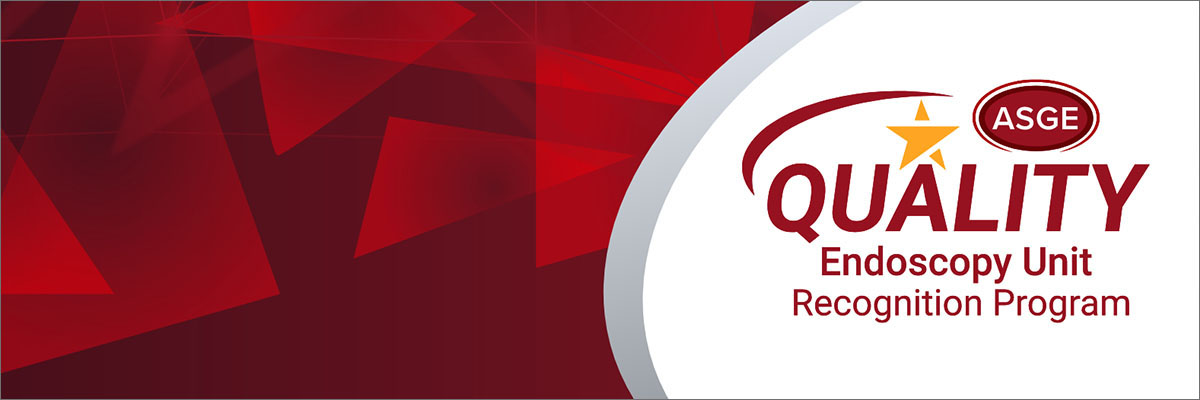The practice has seen an increased percentage of “no-shows” across all physicians over the past several months. “No-show” means any patient who fails to arrive for a scheduled procedure appointment. No-shows create gaps and inefficiency in quality care, schedules and finances.

Successful applicants to the ASGE Endoscopy Unit Recognition Program (EURP) submit a summary of a recently conducted quality improvement (QI) project as part of the application process. The QI project in the spotlight this month looked at no-shows.
DEFINE
The practice has seen an increased percentage of “no-shows” across all physicians over the past several months. “No-show” means any patient who fails to arrive for a scheduled procedure appointment. No-shows create gaps and inefficiency in quality care, schedules and finances.
MEASURE
No-show averages for each physician in 2021 were 3% to 5%. In 2022, no-show averages increased up to 10% for some physicians. Data were collected by daily schedule counts of no-shows with the daily number of procedures from the electronic health records, tabulated monthly for average percentages. Target performance was set at less than 3% average for all physicians’ no-shows.
ANALYZE
The reasons for patient no-shows were multifactorial. Communication issues among patients and medical and endoscopy staff and providers were ultimately the root cause. At the time, the unit had no policies relative to cancellations or no-shows. The routine practice had the licensed practical nurse (LPN) live-calling all patients the day before the procedure to confirm arrival time, conduct a brief assessment and answer any questions. If there was no answer, a voice or text message was left.
IMPROVE
- Implemented a reminder service through the electronic health record with automated voicemail, email or text five days prior, two days prior and one day prior (at increased financial expenditure), while continuing with live calls by the LPN the day before the procedure
- Conducted an in-person educational session with all staff regarding the quality assurance and performance improvement (QAPI) project – why, new protocol, what, how to communicate best with patients, the procedure needs preoffice and the day before, effective calls/scheduling/rescheduling and prevention measures of cancels/no-shows
- Decided by the Board not to pursue an appointment cancellation/no-show policy with a “penalty” to the patient
After two months of new protocol implementation, a repeat performance no-show measurement demonstrated that the average no-show rates for physicians were 2% to 7%; after four months, they were 2% to 5%.
CONTROL
Although we have not yet achieved our performance goal, we continue to monitor no-shows quarterly and communicate about it through our QAPI process.
Other positive benefits of the project include:
- Alterations in physician endoscopy schedules to prevent gap effects
- Decrease in poor bowel preparation
- Fewer preprocedural issues (e.g., no ride, anticoagulants, cancellations after admission)
Potential adjustments:
- Cost of reminder services versus no-show loss versus live calls by present staff at different dates
- Consistent staff for consistent communication or retrain on the quality of communication
- Endoscopy schedule timing, no-show policy
We hope sharing this project summary will be useful to you and your practice.